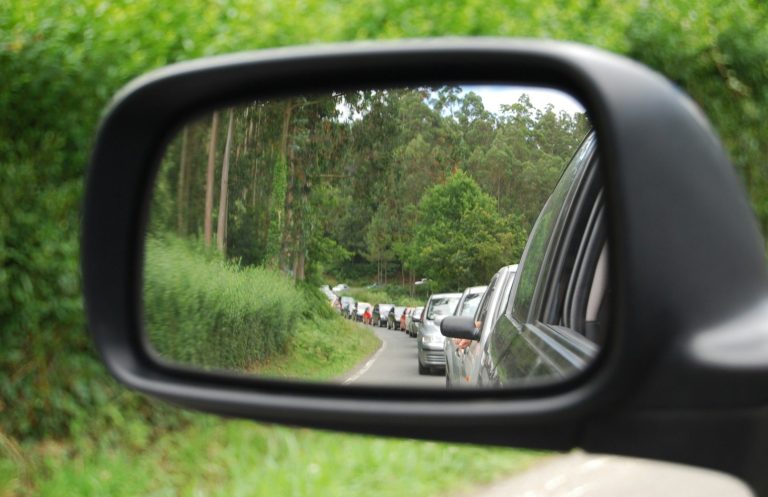
Learning to Drive - Syllabus
Everything you need to know to pass your driving test
What is the driving syllabus?
Driving involves more than just the basics – there’s much more you’ll need to pick up on your own after passing your test. This syllabus is your starting point to help you get ready.
It outlines a structured approach to learning the skills, knowledge, and awareness needed to become a safe and responsible driver of a car or light van.
Who is the learning to drive syllabus for?
- Learner drivers
- Full licence holders
- Driver trainers
The 5 stages of learning a driving skill
- 1. Skill introduced
- 2. Skill carried out with direction
- 3. Skill carried out when prompted
- 4. Skill rarely needs to be prompted
- 5. Skill carried out without any prompting
Once you’re at number 5 consistently in every skill, you’re ready to take your test.
What is in the Driving Syllabus
Legal
To know your legal responsibilities in relation to you, your car & your driving. The Highway Code will be your guide for this.
Safety Checks
To ensure you can carry out essential safety checks including: Petrol Levels, Oil levels, Water levels, Electrics, Rubber (tyres), Clear windscreens & windows.

Cockpit Drills
There are several cockpit drills that must be carried out to ensure you are safe & comfortable before putting the key into the cars ignition.

Mirrors, Vision & Use
You need to know what is happening behind you & to the sides. This is in order to be safe and to know when to offer information to other road users.

Controls & Instruments
To ensure you understand the function of each control on the car and the potential effects of incorrectly using them.

Moving Away & Stopping
Every time you drive you will need to move away and stop your car. So it is very important that you can do this safely for your safety and that of other road users.

Safe Positioning
To ensure you drive in the correct position on the road. For your safety & that of other road users.

Security
To know and to understand how to keep your car, it’s contents and yourself safe.

Signals
To ensure you understand signals and give well timed signals for the safety of yourself and other road users

Anticipation & Planning
To always be aware of what is going on around you, whilst also planning for what you need to do in response.

Fuel Efficient Driving
To know and understand how to reduce your cars negative effects on the environment

Use of Speed
To base your driving speed on the conditions of the road and other factors such as weather conditions.

Other Traffic
To be able to drive safely and confidently when driving around other traffic

Reversing
To know and understand how to reverse your car smoothly and safely in different situations

Junctions
To know and understand the various types of junction you may encounter whilst you are driving and be able to negotiate them safely

Roundabouts
To know how to use roundabouts safely and confidently

Pedestrian Crossing
To know and understand the rules that apply to pedestrian crossings and the differences between types of crossing

Parking
To know and understand how to safely reverse park your car at the side of the road or park in a car park.

Turning the Vehicle Around
To know and understand how to turn your vehicle around on the road

Emergency Stop
To know and understand when and how to perform an emergency stop if required

Country Roads
Country roads vary from busy trunk roads to narrow single lanes. It is important that you understand what the safe limit is for the road and conditions.

Dual Carriageway
To know and understand how to safely join and drive on dual carriageways

Motorway
To know and understand how to safely join and drive on a motorway.

Darkness
To know and understand how to safely drive your car in the dark

Weather
To know and understand how various weather conditions can affect how you drive

Passengers & Loads
To know and understand the responsibilities that you have to any passengers and how to safely carry any loads

Indepedent Driving
While most of your journeys will be to places we know on roads you are familiar with. You have to know how to safely drive to new places.

